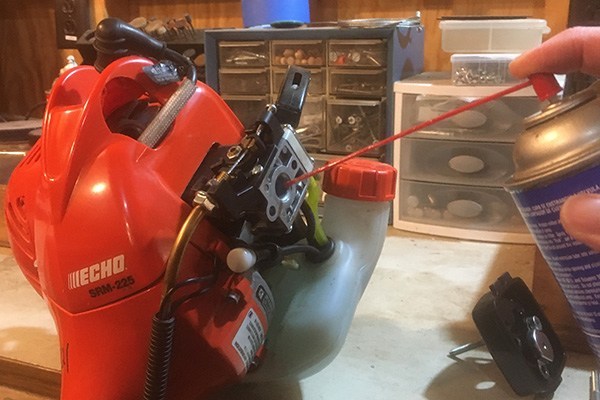We’ve all been there – Weed Eater Starting Foes! John Baker| Jun 19, 2019 9:28 AM No matter what you call it – weed eater, weed whacker, string trimmer – chances are at some point it won’t start. Few things are more annoying than destroying your shoulder trying to start the weed eater when there’s […]
You are browsing archives for
Tag: weed eater
Troubleshooting a String Trimmer that ha...
Troubleshooting a String Trimmer that has Lost Power A few simple maintenance practices can help restore the performance of a faulty string trimmer (Weed Eater). Check the Age of the Fuel Today’s ethanol-containing gasoline can break down in relatively short time periods. If your blended fuel supply is more than two or three weeks old, […]
